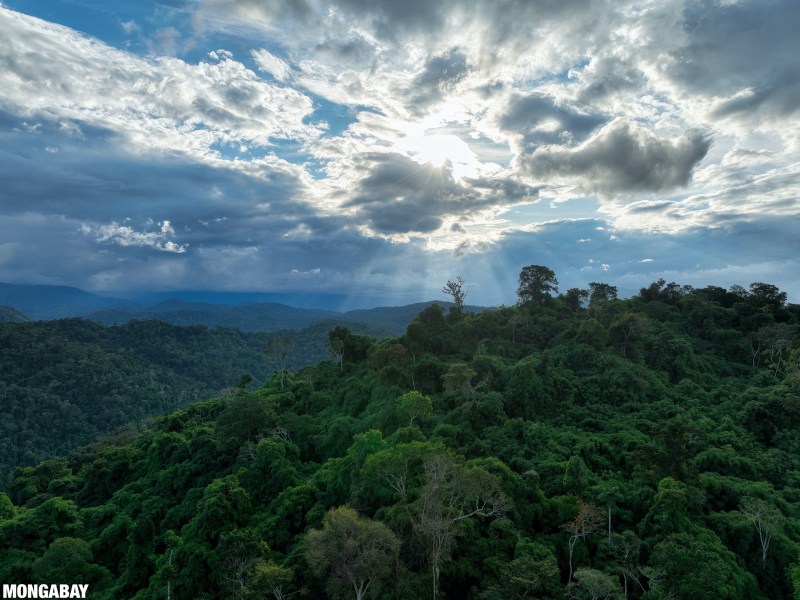What Would Happen If Worlds Natural Resources Ran Out – If there were no fossil fuels, the cheapest and most efficient alternative would be nuclear energy.
The risk associated with fossil fuel supplies is less about reducing them and more about what we can get back at a reasonable price. Perhaps fossil fuels will not run out, at least to the extent that they will. Oil, coal and natural gas were here before us and will be here when we are gone. But that doesn’t mean we can use it forever or even in the near future. We’ve reaped the low-hanging fruit—the vast reserves of coal and oil on Earth that may or may not be operating. So the question is whether mining technology can meet our demand. If so, we will have access to oil.
What Would Happen If Worlds Natural Resources Ran Out
:max_bytes(150000):strip_icc()/great_depression.asp-Final-8258581e56b6472fb8e1f12c3766187e.jpg?strip=all)
And this is a dangerous situation. Because the more we depend on fossil fuels, the longer we feed our addiction. Consider hydraulic fracking, a new technology that allows us to extract previously inaccessible natural resources by injecting water at high pressure into the skin, releasing the natural gas trapped inside. While this process has greatly increased reserves and made natural gas cheaper, it has also helped ensure that economic growth will depend on oil. Fracking also comes with environmental costs. This process uses a lot of water, much of which is non-renewable. It’s even been linked to groundwater contamination in Pennsylvania and earthquakes in Oklahoma [sources: Schultz, Bateman].
The World Is Running Out Of Elements, And Researchers Are Looking In Unlikely Places For Replacements
But let’s face it, instead of wasting oil or those who choose to mine it do more damage to the environment, oil is very expensive. In our example, the global economy and population growth have increased demand to a point where technology cannot keep up. It shuts down coal and oil-fired power plants, sharing electricity and a gallon of gasoline that costs about the same as a car. What are our options?

It may be interesting to imagine this energy gap that can be filled by renewable energy sources. But solar and wind power, for example, are low-output, high-cost sources of electricity. It cannot replace the fossil fuels we currently use. In the event of an oil supply crisis, governments are likely to turn to cheap and efficient nuclear power.
In 2015, 443 nuclear plants worldwide generated about 11 percent of the world’s electricity [source: Abhi ]. If we assume that nuclear plants can be responsible for 100 percent of the electricity and that the output of each plant remains constant, we need to build about 4,000 new plants to reach maximum power utilization. In our model of the future, the majority of the population – including the more energy-hungry China, India and Brazil – could grow 5,000 new trees.

Mapping The Planet’s Critical Natural Assets
This is where it starts to get a little apocalyptic. Nuclear power plants continue to provide us with electricity, but they cannot solve all of our energy problems in the long run. For one thing, our transportation systems use a lot of fossil fuels. This includes trucking, rail and ocean freight. Without diesel, major international trade would come to a complete halt. Although passenger transportation can be converted to electric trains or electric cars in the short term, renewable energy cannot power large ships. International trade will cease, and imports will become very expensive or non-existent. National economies that depend on international trade (that is, all of them) will sink into deep recession.
It gets worse. Remember how nuclear power plants solved our electricity problems? In 2015, there were 66 plants under construction worldwide, and each plant took five to eight years to build [source: PRIS ]. Unfortunately, we need 4,944 more homes to meet the world’s electricity needs. And although it’s a trade secret how much a nuclear power plant costs, it’s estimated at $5 billion to $6 billion [source: NEA ]. If we save and assume that each building costs $5 billion to construct, meeting the world’s energy needs is about $24.7 trillion. But their economies are broken, with many countries too poor to build a house. Instead, nations that already rely heavily on nuclear power, such as France, Slovakia, Hungary and Ukraine, would be better positioned to not only use their capabilities to build more trees, but also to sell them. Rather, they will be able to sell their products to their neighbors.

Even with a strong push toward nuclear power, the global economy is in decline. And while the consequences of the dawn of the industrial age are difficult to predict, there are two areas where we can make predictions: food and the environment.
A Power Struggle Over Cobalt Rattles The Clean Energy Revolution
In 2009, the U.S. imported about 17 percent of its food [source: USDA ]. There won’t be more hunger, but the reduction in global trade will dramatically change the way we eat. No tomatoes from Mexico in the winter. No apples from Argentina in the spring. No sushi, unless you live on the coast and have a boat. Most food production should be local. If you live in North Dakota, you’re pretty familiar with eating beans. Plastics, which we rely on for packaging and storing food, will be too expensive to use for transporting goods, and the lack of electricity could make refrigerators more expensive to use. Large cities will depopulate, as people move to rural areas to be closer to food. Abandoned urban areas will be reclaimed by nature or become much-needed farmland.

Then things started to change. Burning fossil fuels causes enormous damage to the environment, and reducing carbon emissions will stop the change. Weather – If we don’t destroy the weather. It also has indirect benefits: if the fishing industry closes, fish populations will recover. Mining would eliminate water pollution, and waste generation would cease without the ability to produce non-biodegradable products from oil. So small fire, wind and water will be necessary for America. Oil loss will be a painful process, but the result – small, digital, society crops up – is not so bad. The massive, unimaginable pain and violence caused by climate change is often discussed alongside what appears to be a small rise in temperature – 1.5C or 2C warmer than before the car hit the horse and Changed the car.
These temperatures will once again be at the heart of the upcoming UN climate talks at the COP26 summit in Scotland as countries struggle to avoid climate disasters. But the single number hides the many consequences at stake. “We’ve built a world based on a government that no longer exists,” said Kathryn Hayhoe, a climate scientist at Texas Tech University and the Nature Conservancy’s chief scientist.

What Happens When We Run Out Of Silver?
The world has already warmed by an average of 1.2 degrees Celsius since the pre-industrial era, pushing humans beyond all historical limits. The increase in global warming over a century is certainly extraordinary because the ocean alone absorbs as much heat as five atomic bombs.Hiroshima falls into the water every second.
To arrive at key indicators for this century, when calculating world temperatures, the average world temperature is applied to the 1850–1900 baseline.

Police graphic. Source: IPCC, 2021: Policy Summary. Note: The IPCC scenarios used for best, medium and worst case scenarios are SSP1-2.6, SSP2-4.5 and SSP5-8.5.
What If We Stopped Pretending The Climate Apocalypse Can Be Stopped?
Until now, human ecology has operated within a narrow, stable temperature range. Adding fuel to the fire, we are now freeing ourselves from the past as if we have placed ourselves on another planet. The last time it was warmer than it is now was at least 125,000 years ago, but there is more carbon dioxide in the atmosphere than at any time in the last 2 million years, perhaps more.

Since the 1970s, global warming has been increasing faster than in any similar period. Oceans are warming at a rate not seen in 11,000 years. “We’re creating an experience that’s never happened before on our planet,” Hayhoe said. “For us so far it’s only been a few tenths of a degree, just a few little bumps in the road. But now we’re hitting a curve that we’ve never seen before.”
No one is entirely sure how this dangerous scenario will play out, but people like clear targets, and so in the 2015 Paris Climate Agreement, nearly 200 countries agreed to limit global warming to “below” 2C. was, which was to be maintained. The ultimate goal at 1.5C is fought for by small, poor nations, and they know that the sudden risk of unsustainable heat waves, floods and droughts depends on that small increase. “The difference between 1.5C and 2C is a death sentence for the Maldives,” the country’s president, Ibrahim Mohamed Saleh, told world leaders at the United Nations in September.

What Happens When We Run Out Of Water? Thanks To Climate Change, A Dystopian Premise Is Coming True
Not a big difference after a high of 1.49C, we are falling.
What would happen if ice caps melted, what would happen if a, what would happen if i died, what would happen if i stopped eating, what would happen if oil ran out, what would happen if yellowstone erupts, what would happen if, what would happen if i, what would happen if yellowstone erupted, what would happen if natural resources disappear, what would happen if fish died out, what would happen if climate change continues


